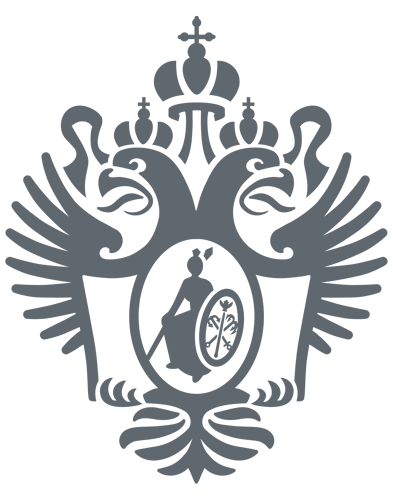Сегодня состоялась встреча делегации Высшей медицинской школы Ганновера с сотрудниками РЦ РДМИ, на которой иностранным коллегам были продемонстрированы возможности современного дифрактометрического оборудования, а также обсуждены перспективы проведения совместных исследований в области биологической кристаллографии и медицины.
Друзья и коллеги напоминаем вам, что в нашем ресурсном центре, каждый последняя пятница месяца это санитарный день. Будьте внимательны, особенно если вам приходиться ехать издалека.
Обновлено и установлено следующее программное обеспечение:
1. Обновлён пакет для деконволюции изображений SVI Hugens Professional и Essential до версии 4.5.1p3, есть удалённый доступ к этому ПО с компьютеров РЦ (Компьютер Huygens).
2. Обновлён пакет для 2Д и 3Д морфометрии BitPlane Imaris до версии 7.7.1 (доступ только локальный, компьютер Imaris)
3. Через удалённый сеанс доступна работа с ПО для обработки данных МАЛДИ-масс-спектрометрии Bruker FlexAnalysis 3.3 и Bruker BioTools 3.2SR4 .
4. Обновлён пакет для работы с геномными и протеомными данными LaserGene DNAstar версии 12.0.0.222, есть удалённый доступ к этому ПО с компьютеров РЦ.
5. Обновлён NTI Vector express версии 1.2.0, есть удалённый доступ к этому ПО с компьютеров РЦ (Компьютер Huygens)
V.V. Sokolov, A.Yu. Ivanov, M.S. Avdontseva, A.A. Zolotarev
«Stereochemistry and NMR Spectra of Some Tricyclic Condensed Thiazolidine Derivatives with a Bridgehead Nitrogen Atom»
Chem. Hetercycl. Compd. 2014, 50, 550-556
DOI: 10.1007/s10593-014-1506-3

The configuration of a series of tricyclic condensed thiazolidines with a bridgehead nitrogen atom, for which erroneous data had been published, was determined by X-ray structural analysis and NMR spectroscopy.
V.A. Rassadin, E. Nicolas, Y. Six
«Ti(OiPr)4/nBuLi: an attractive reagent system for [2+2+2] cyclotrimerisation reactions»
Chem. Commun. 2014, Advance Article
DOI: 10.1039/C4CC02698E

A convenient method for the [2+2+2] cyclotrimerisation of alkynes using Ti(OiPr)4/nBuLi is presented. Homotrimerisation of arylacetylenes proceeds within minutes with excellent regioselectivity. Moreover, the intermolecular construction of ABB heterotrimers can be achieved selectively from two different alkynes with similar electronic properties. The method is also suitable for the synthesis of pyridines.




